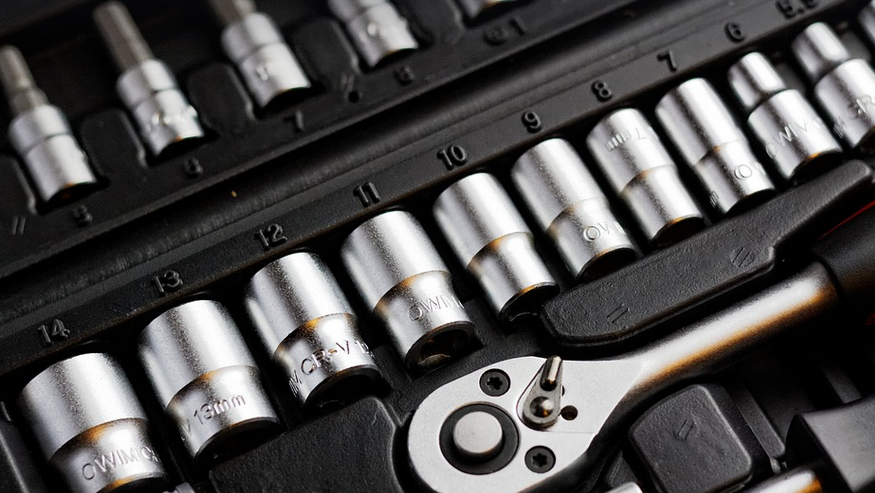
Single Action Out The Front Knives: A Timeless Classic
Unveiling the Legacy of Out-the-Front Knives
There’s a certain allure to single action, out-the-front (OTF) knives, especially when it comes to those with a heavy history. These iconic creations have stood the test of time, captivating knife enthusiasts and practical users alike. Their design, while seemingly simple, is steeped in tradition and carries a weight of practicality that speaks volumes about their enduring appeal.
The allure of an OTF blade isn’t just about its functionality; it’s about the experience itself. The tangible presence of a sharp edge held close to your hand offers a unique sense of preparedness, a silent declaration of readiness, and a connection to a realm where practicality and craftsmanship reign supreme.
But, what makes single action OTF knives so fascinating is their evolution over time. They’ve gone through various iterations, each influenced by historical advancements in materials, design techniques, and even cultural trends. These evolutions have yielded diverse models that cater to different needs and preferences.
The Anatomy of an Out-the-Front Knife
Understanding the design behind OTF knives is a key factor in appreciating their appeal. The “out-the-front” feature distinguishes them from other types of folders, where the blade protrudes outwards from the handle rather than directly out of the front.
A single-action OTF knife operates with a simple mechanism; you activate the blade by pressing a button or lever located at the base. This often translates to a smooth and responsive opening experience, allowing for control over the blade’s deployment.
The handle itself is typically crafted from durable materials like wood or metal. The grip profile dictates how the knife feels in your hand — depending on the user’s preference, some prefer a more textured handle for enhanced grip while others enjoy smoother, rounded ones.
The Charm of Traditional Design
Many traditional OTF knives showcase design elements reminiscent of their historical roots. These knives often feature ornate details, intricate engravings, and even classic wood-grain patterns—a testament to the craftsmanship of a bygone era. They serve not just as tools but collectors’ items or pieces of art that hold a special place in history.
The use of traditional materials like steel for blades coupled with hand-hammered handles adds a touch of authenticity, making them feel more tangible and less reliant on machines alone.
The Modern Evolution: Refinement and Innovation
While the OTF knife’s roots are deeply embedded in tradition, modern technology has allowed for significant improvements. Lighter materials like composites or reinforced metals have been incorporated while still maintaining the strength of traditional blades.
Improved mechanisms contribute to smoother blade deployment and enhanced lock stability, enhancing safety and usability. The addition of specialized coatings further protects the blade from rust, corrosion, and wear.
OTF Knives: A Timeless Choice for Everyday Carry
These knives are more than just tools; they represent a part of history that continues to be relevant in today’s world. They provide a tangible connection to our heritage while offering practical benefits that remain unchanged.
For those who value tradition, craftsmanship, and functionality, single action OTF knives offer a timeless choice for everyday carry.